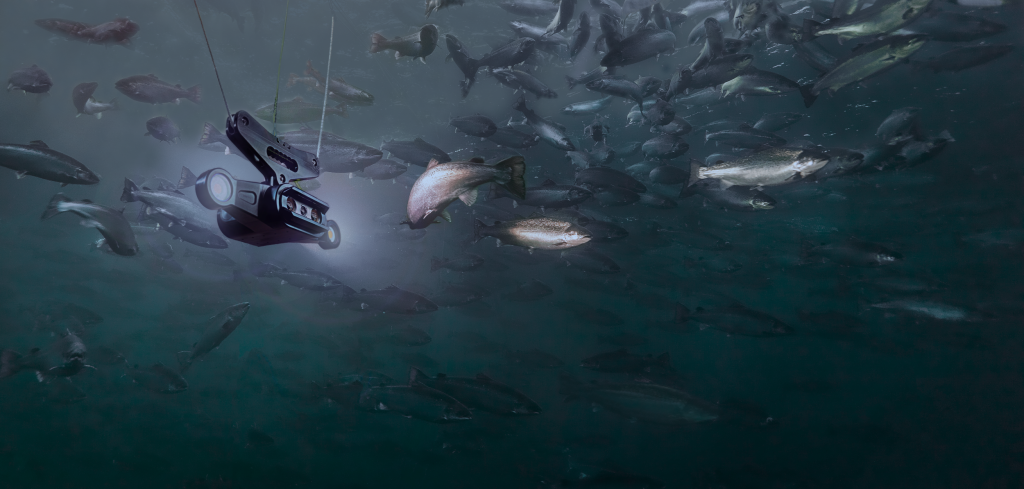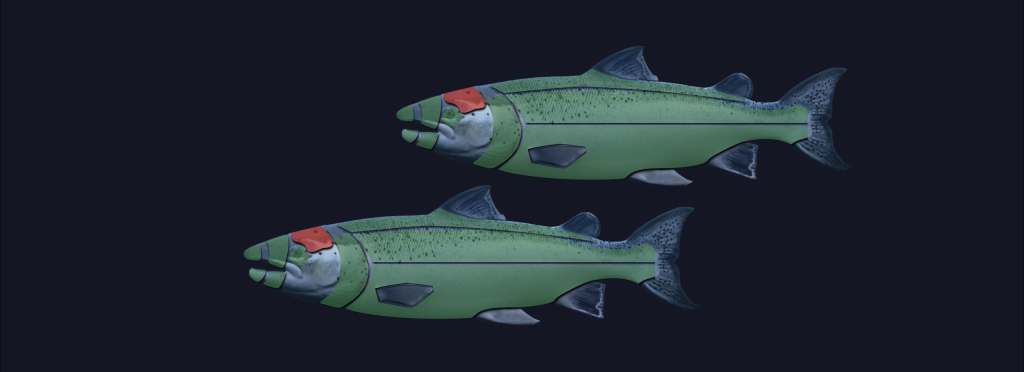Close collaboration in submerged pens
Sea lice have long been a well-known challenge in the aquaculture industry. In recent years, there has also been an increase in the occurrence of harmful algae and mauve stinger jellyfish. Common to lice, algae, and jellyfish is that they thrive in the upper water layers and pose a significant challenge to fish welfare. These challenges can be significantly reduced with submerged operations.
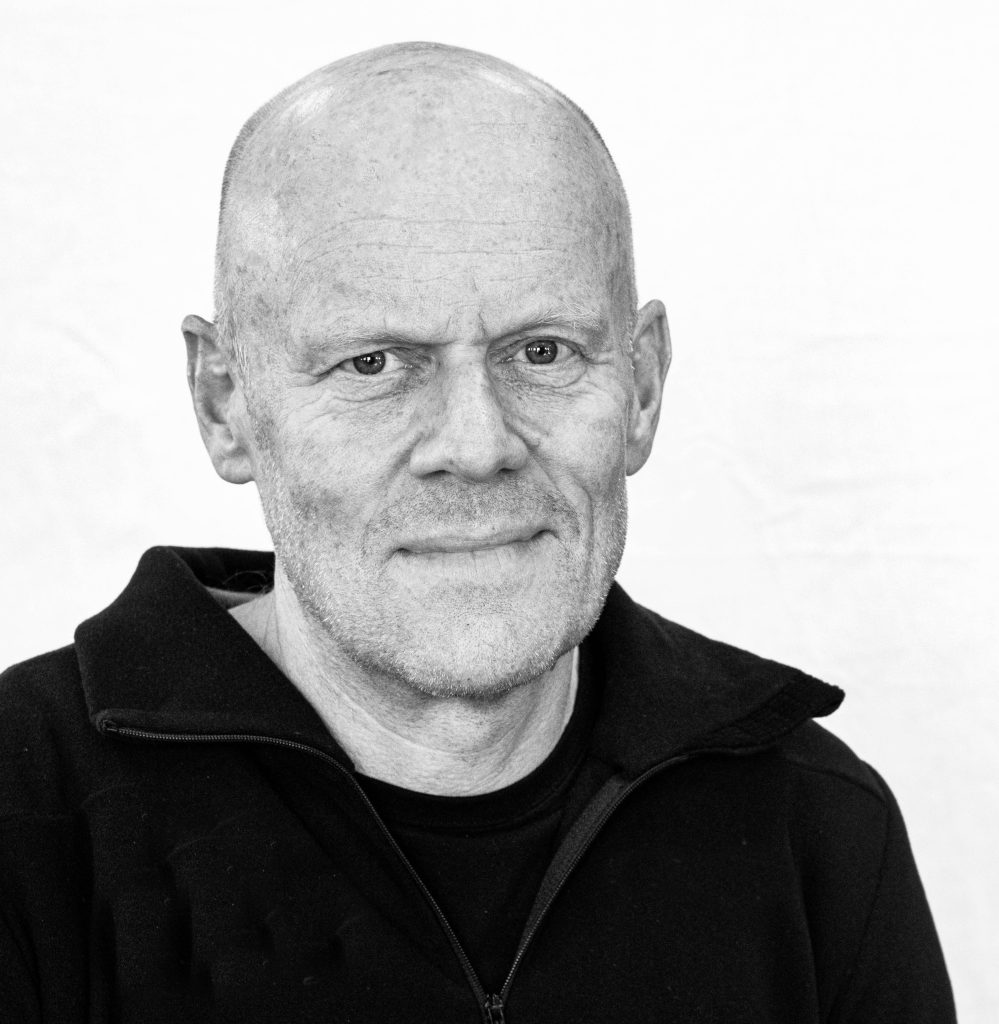
Ketil Rykhus, Samfunnskontakt (Community Relations Manager) at Sinkaberg. Photo: Sinkaberg
Pioneers in submerged production
The Norwegian aquaculture company Sinkaberg has been a pioneer in submersible pen technology since 2014. Since 2019, they have focused on submerged production at a commercial scale. The company has long prioritized improving fish welfare by shielding fish from sea lice. Monitoring technology based on cameras and artificial intelligence, developed by Aquabyte, has played a crucial role in this effort.
– One challenge with submerged pens is the increased distance between the fish and the farmer. At depths of 30–40 meters, camera-based technology is the only tool that enables lice counting and continuous monitoring of the fish during production. When we began large-scale submerged production in 2019, it was natural for us to collaborate with Aquabyte on this, says Ketil Rykhus, Samfunnskontakt (Community Relations Manager) at Sinkaberg.
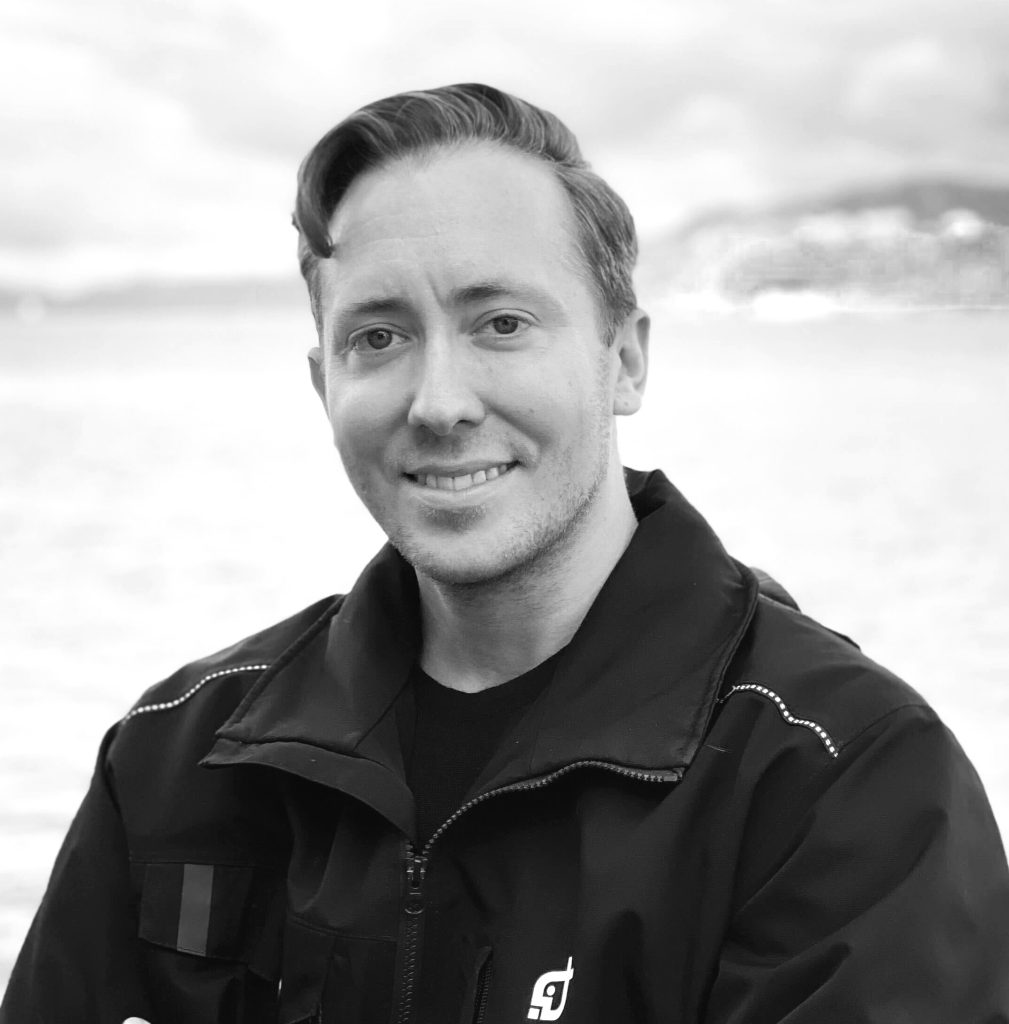
Photo: Aquabyte
Camera-based monitoring and data collection
Aquabyte develops technology where cameras in the pens capture over one million images of the fish every day. The images are analyzed using advanced machine learning and artificial intelligence, providing farmers with insights into lice counts, biomass, growth, as well as the welfare and behavior of the fish.
– Through our collaboration with Sinkaberg, we have gained knowledge and experience in submerged production that other providers of camera-based monitoring and data collection cannot match. We highly value our partnership with Sinkaberg, as it has given us a unique understanding of the technical and production-related differences between deep operations and traditional surface production, says Thomas Fekete Rønningen, CCO at Aquabyte.
Collaboration that ensures optimal operations and results
The close collaboration between Sinkaberg and Aquabyte over several years is built on strong communication and teamwork. With strict deadlines, where deviations can have significant economic and biological consequences, this is absolutely critical.
– With Aquabyte, we experience a closeness to us as a customer. We have contacts at Aquabyte who know us well and have been with us throughout our entire collaboration. They understand how we think and how we want things done. This creates a smooth partnership in a busy and challenging daily operation, says Ketil Rykhus at Sinkaberg, adding:
– We also find that Aquabyte, as a supplier, provides excellent support to the operations managers at our sites. This ensures that equipment and systems are delivered effectively and operated optimally. It guarantees high uptime for a technology we depend on, says Ketil Rykhus.
Keeps the fish away from lice, jellyfish, and algae
With submerged production, the fish can grow in areas with significantly less or no contact with sea lice, jellyfish, and algae. The goal is to keep the pens submerged from the time the fish are introduced until they are sent for slaughter. If the pens need to be raised during production, the risk of lice infestation, disease, and stress increases.
– The Hammerhead camera, which we launched last year, is built on the experiences from our long-standing collaboration with Sinkaberg and other stakeholders focusing on submerged production. The camera is equipped with self-cleaning lenses and integrated sensors that measure salinity, oxygen, and other parameters. This reduces the need for additional equipment in the pen while allowing the camera lenses to operate throughout a production cycle without requiring cleaning, says Thomas Fekete Rønningen.
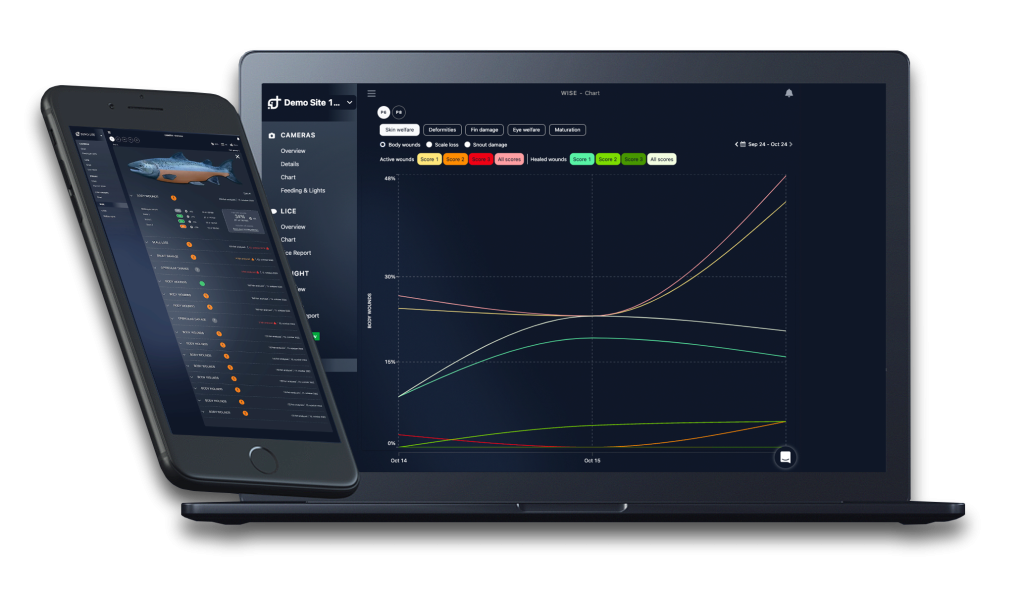
Data as a foundation for insight and improvement
In addition to automatic lice counting, which enables mandatory reporting of lice numbers from submerged pens, Aquabyte’s camera-based system provides continuous data on biomass, growth, welfare, and behavior. The insights from this data offer Sinkaberg valuable understanding of the fish in the depths.
– Together with Aquabyte’s customer team, we have worked on a range of cases and situations where we’ve delved into the data provided by the system, analyzed what happened, and searched for the underlying causes. In such situations, the data and insights we gain offer valuable learning. Simply put, the data allows us to identify areas for improvement, optimize operations, and prevent similar situations in the future, confirms Ketil Rykhus of Sinkaberg.
Promoting good fish welfare and health
Camera-based monitoring and data collection enable production in submerged pens, but the benefits of continuously gathering accurate data are equally important.
– Our system is an invaluable tool for monitoring fish throughout the entire production process. The data it provides offers valuable insights into the relationships between biological and environmental factors and how these impact the fish. This knowledge enables our users to make decisions that promote good fish welfare and health while also delivering benefits—regardless of the production method, concludes Thomas Fekete Rønningen, CCO at Aquabyte.



